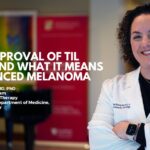Featured Survivor Story:
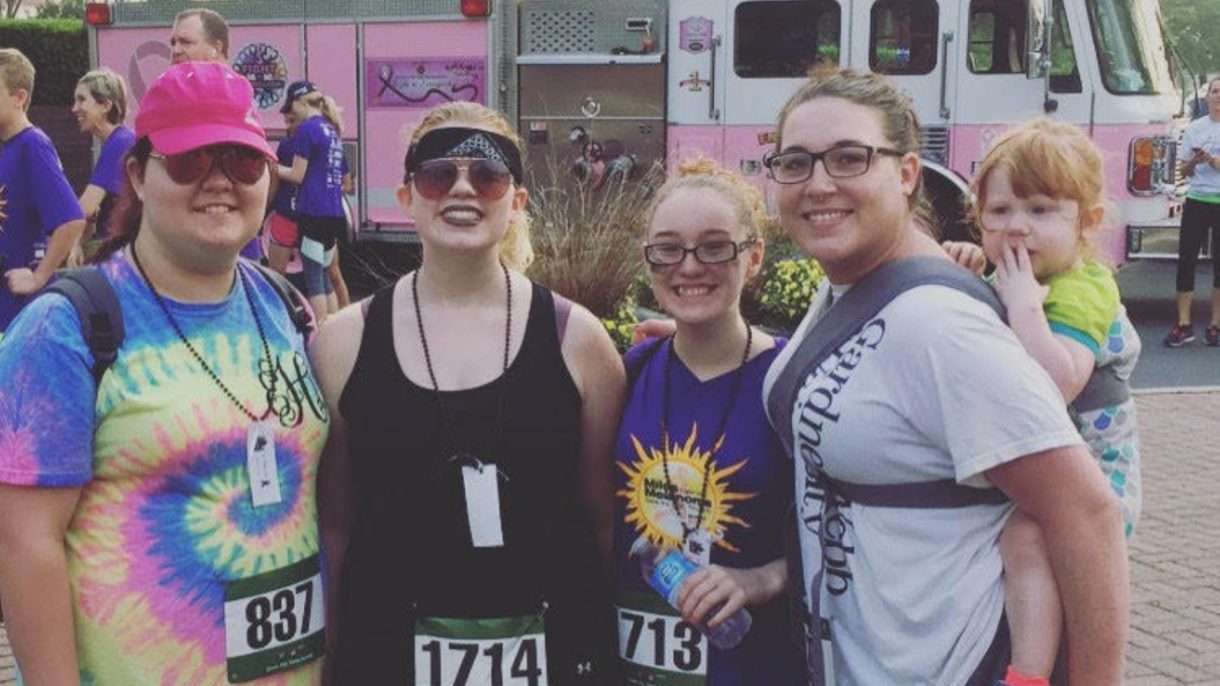
Por Mara Klecker
Madison Goff spent her early teenage years tanning in her family’s tanning bed or laying by the pool, slathering only baby oil and iodine on her skin.
Her grandparents were the first ones to raise alarm about a dark, irregular mole on her hand. But Madison, who has moles covering her body, didn’t know much about skin cancer at the time and assumed, like her parents, that she was too young to have to worry too much about it.
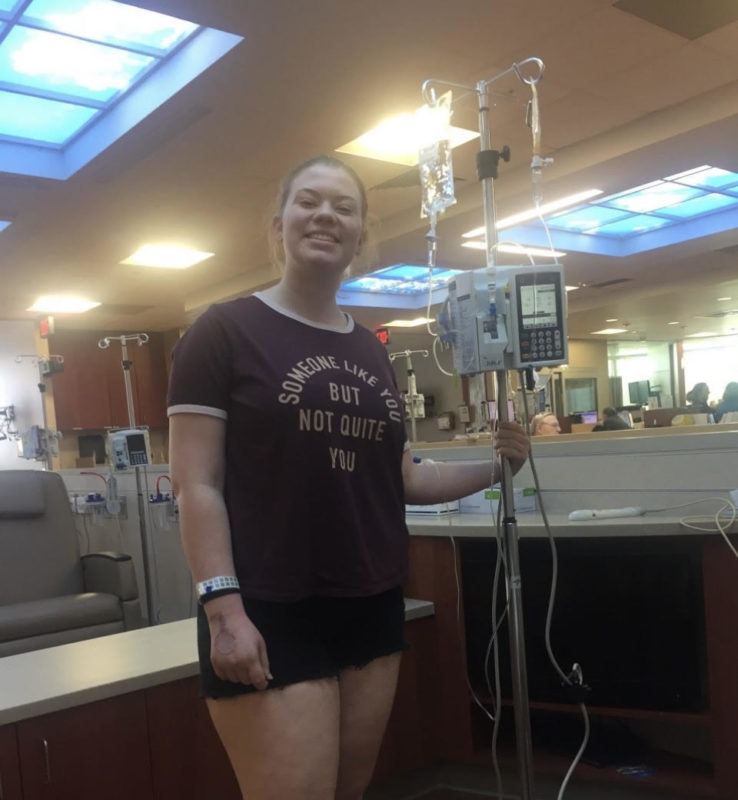 Madison was 15 when a doctor first looked at the spot on her hand. The diagnosis: melanoma. Over the next month or so, that news got worse. The cancer was in Madison’s linfa nodes, and a spot on the back of her leg was also confirmed as malignant. She was facing Stage IV melanoma at just 15 years old.
Madison was 15 when a doctor first looked at the spot on her hand. The diagnosis: melanoma. Over the next month or so, that news got worse. The cancer was in Madison’s linfa nodes, and a spot on the back of her leg was also confirmed as malignant. She was facing Stage IV melanoma at just 15 years old.
“It was really hard on my family when we found out it had spread,” Madison said. “We were all in a tough place.”
Melanoma can afflict people of all ages and is now the third most common form of cancer in men and women aged 15 to 29. About 400 cases of melanoma are diagnosed each year in U.S. patients younger than 20 years old – accounting for less than 1% of all new cases of melanoma.
Madison’s doctor said she was the youngest melanoma patient he’d ever treated.
She began what ended up being almost two full years of immunotherapy, which caused side effects, including vomiting and painful arthritis that made it difficult for her to walk. She was too ill to continue attending school in person, so she completed her second half of high school from her own home.
“I had to grow up pretty fast, and I went from happy-go-lucky and doing whatever I wanted to do to then actually having to work through this and keep myself mentally stable while continuing to do my school work,” said Madison, now 22.
Madison tries not to dwell on what she missed during that time – the social outings with peers and the traditional milestones of junior and senior year – so she thinks instead about the friends who came and visited her, both at home and during her stays at a children’s hospital. Though learning at home came with its own challenges, Madison graduated with a 4.0 GPA.
After about two years of treatment, doctors told Madison she had no evidence of disease (NED). By then, she’d come to accept another piece of news that doctors told her and her family: that the treatment may affect her ability to bear children.
“At the time, I was 16 and was kind of like, ‘Well, that’s fine. I don’t want kids,’” Madison said. “But after I met my husband years later, I really wished we could have a baby, and I was pretty sad about it.”
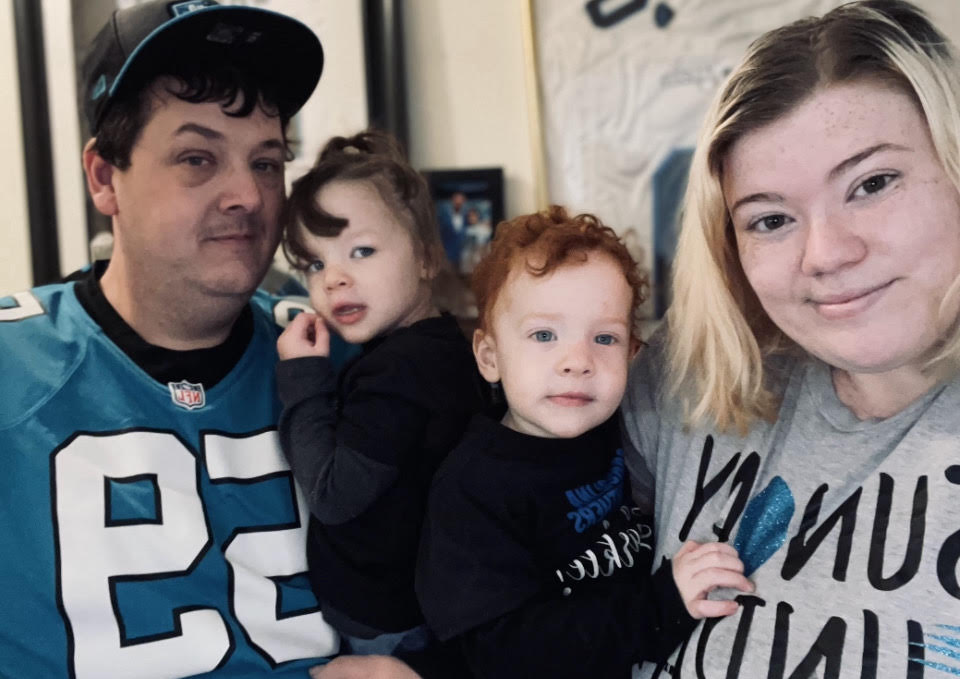
That sadness didn’t last long. Three years ago, Madison gave birth to twin daughters, which she conceived naturally.
“It was a miracle,” she said. “I’ll never forget that first ultrasound and the technician telling me there were two babies.”
About a year after her twins were born, Madison went in to get a lump on her arm checked out. More devastating news: The cancer was back and once again Stage IV.
“I had just had these babies, and I thought they were going to lose me as their mom,” she said.
She received steroid shots and radiation and, in December of 2021, received the news that she once again had no evidence of disease. Still, being ill for her babies’ first year was especially hard and required her to rely on family for support.
“Even on the hardest days, you can keep strong as long as you have that support system,” she said.
Madison is now working to earn her associate’s degree in early childhood development and is set to graduate in 2024. In addition to advocating for melanoma awareness for people of all ages, she wants to use her education to help children with special needs.
Madison first learned about AIM at Melanoma from her doctor and said the organization’s resources proved invaluable as she looked for information and support.
“I knew I could go on the site and read survivors’ stories,” she said. “That gave me the hope that I was going to make it through.”
Entradas recientes
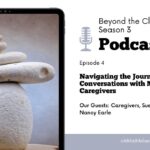
Navigating the Journey Together – Conversations with Melanoma Caregivers
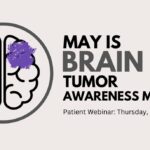
May is Brain Tumor Awareness Month

President’s Letter | April 2024

Celebrating a Milestone: 20 Years of the Dallas Steps Against Melanoma Walk
